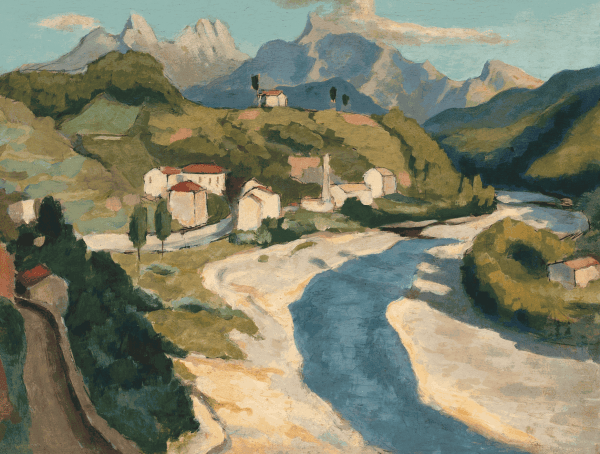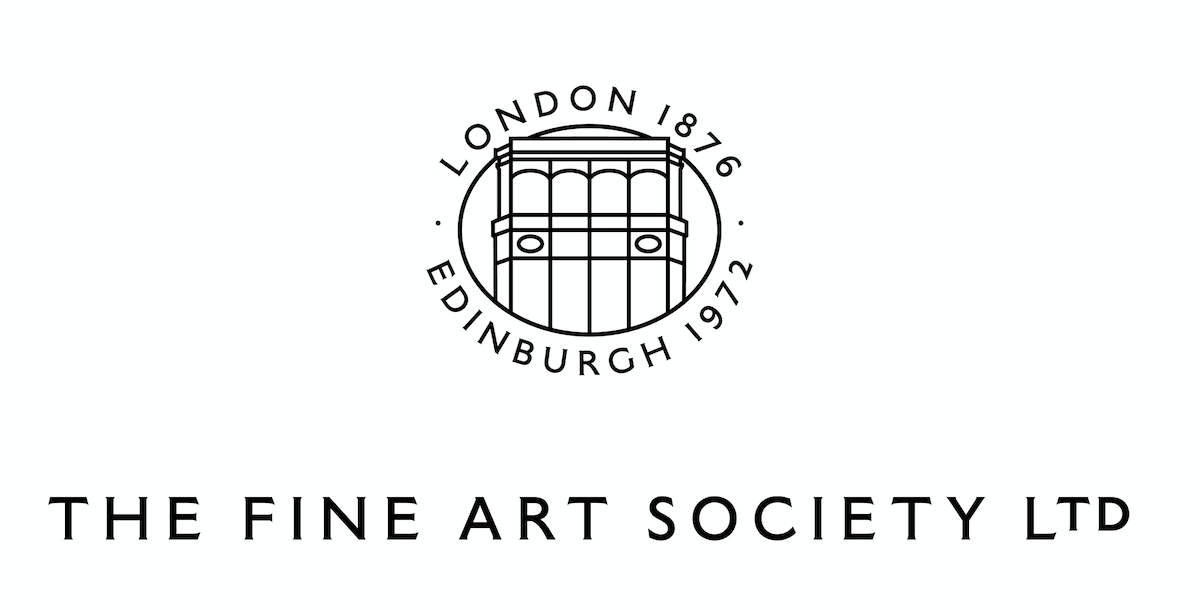Walter Richard Sickert 1860-1942
Born in Munich in 1860, Sickert was a polygot European. His heritage was Danish, German, Irish, and French as well as English. Sickert was an artist of prodigious creativity and a writer of inimitable wit and insight. For sixty years, in his several roles as painter, teacher and polemicist, he was a source of inspiration and influence to successive generations of British painters. Without explicit allegiance to any of the radical trends and movements from across the Channel which at times dominated the aims and efforts of his younger colleagues, his exciting and innovative art commanded respect from his contemporaries, artists and public alike.
We are actively seeking consignments of work by Walter Sickert. Please contact us with details or to enquire after available works by this artist.
Sickert’s personality, the times he lived through, the people he knew, retain our interest. He was a man of wideranging talents. His youthful career as an actor left him with a delight in things theatrical, both as participant and spectator. He had some knowledge of Latin and Greek and was fluent in French, German, and Italian. Few painters have been as articulate as Sickert. In his public writings he left a full record of his acutely perceptive, but often idiosyncratic, views on art and artists. His private correspondence was equally voluminous and illuminating. But whatever his current enthusiasms, whatever his current image, he worked at his painting, his drawing and his print making, ever seeking to understand and master the inherent characteristics of his chosen medium. Despite his personal independence, he persuaded like-minded colleagues to band together to form the collective initiatives which did much to fashion British art and its politics before the First World War: the ‘London Impressionists’, the Fitzroy Street Group, the Camden Town Group and the London Group were to a large extent his creations.
Because of when he lived, Sickert was liberated from the stylistic and technical conventions which had constrained the work of most pre-Impressionist painters. Planning his pictures in the studio, Sickert was able to pick and choose from the expanding repertoire of styles and techniques open to any artist of his post-Impressionist generation. Sickert made brave use of this freedom. Sickert’s experiments were not aimless. The logic and the impetus behind his, at times, erratic development was his wish to discover the ideal technique and the ideal handling. The span of over thirty years, from Sickert’s early training with Whistler within the tonal impressionist tradition until 1914, may be regarded as his formative period. It embraces his most famous productions: the London and Paris music halls; the Dieppe and Venetian landscapes; and the essence of Sickert’s mature art, the Camden Town interiors. Sickert’s art defies conventional categorisation. He cannot be contained within the movements of his age. He is often called a painter’s painter because the courage and achievement of his searching investigations of technique are best appreciated by those who have struggled with the same problems. He appeals primarily to artists working in the figurative tradition, but not only to artists with a Sickertian vocabulary of subjects. The fascination his work holds for painters has endured until our own day.
Sickert received little in the way of official honours. Among the many societies to which he was periodically elected and from which he periodically resigned were the New English Art Club; the Royal Society of British Artists; London Group; Royal Academy ; National Portrait Society; and the International Society of Sculptors, Painters and Gravers. His work was exhibited widely in all major group shows, with many commercial dealers in London and Paris, and in several international exhibitions, including the British Section of the Venice Biennale in 1930 and 1932. A big retrospective exhibition organised by Lillian Browse was held at the National Gallery in the autumn of 1941, just within his lifetime. Sickert did not see the show.
-

Twenty Twenty
2 Oct - 14 Nov 2020The Fine Art Society is now almost 145 years old and has survived two world wars, depressions, a financial crash and, most recently, a global pandemic. The decision to relinquish...Read more -

The Print Show
Artist Printmakers 1800-1975 15 Feb - 10 Mar 2016From William Blake's engraving of Chaucer's Canterbury Pilgrims in 1809-10 to Howard Hodgkin's abstract hand-coloured lithographs of the 1970s, the exhibition will spanned 175 years of artist printmakers production and...Read more



